Colombia Trapiche Dabich Manor Rose Summer single item hand flush good drink _ hand Rose Summer skills
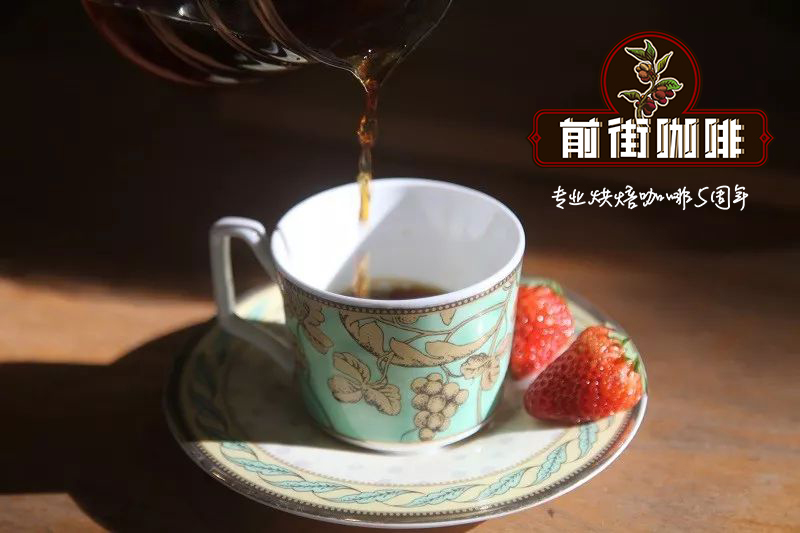
Professional coffee knowledge exchange more coffee bean information please follow the coffee workshop (Wechat official account cafe_style)
A geisha with the Ethiopian wild coffee gene was transplanted to the three volcanic regions of central Colombia and thrived in a good mountain and water environment, giving birth to a variety of fruit notes and flowers, and won the top spot of SCAA's "Coffee of the year" list. Today, Colombian geisha and Panamanian geisha are on a par with each other, with high international ratings. Although the Colombian Rosa Coffee introduced in the second stroke is not the champion bean of the SCAA batch, it comes from the same producing area as the champion bean. It is a good coffee that coffee fans have to taste.
The pronunciation of Geisha is the same as Japanese geisha, so it is also called geisha coffee. Because the tree species are taller than ordinary coffee trees, they are originally planted in a small area of the manor and are used as windbreaks. In order to take part in the annual competition for the best coffee in Panama, the son of the manor owner searched all the coffee trees in the manor for testing, so that Geisha had a chance to appear on the stage. Since then, he has also participated in various world coffee competitions, winning a total of 11 championships.
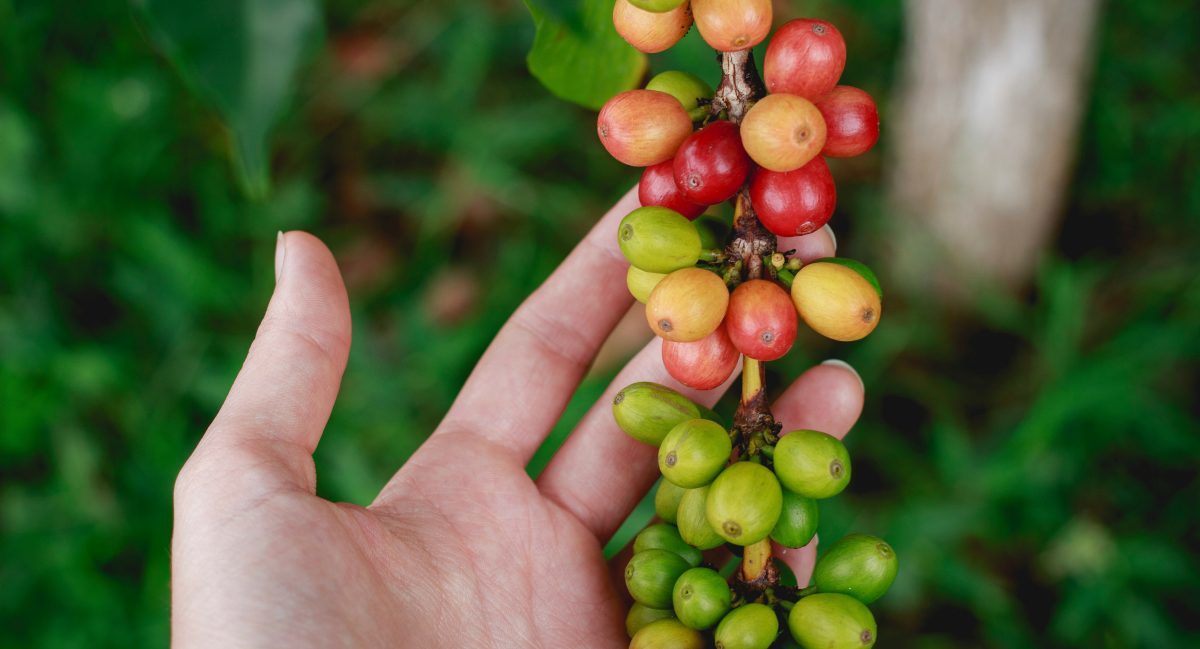
The species of Geisha was discovered in the rose forest of Ethiopia in 1931 and sent to the Coffee Institute in Kenya. Introduced to Uganda and Tanzania in 1936 and Costa Rica in 1953, little attention was paid to Rose Summer until one day, Don Pachi was first brought to Costa Rica from GESHA, a small town in southwestern Ethiopia, and then Rosa entered Panama along the southern route, where Esmerada Manor in Panama separated it from other varieties and won the national coffee competition.
Rose is full of sweetness and cleanliness on the palate, with rich aromas ranging from berry and citrus to mango, papaya and peach. A very obvious lemon (bergamot) general aftertaste is also a typical cup test attribute. So far, Rose Summer has been the champion of coffee varieties.
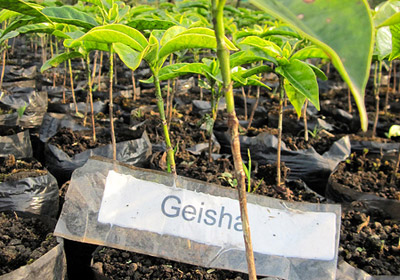
Today, we introduce the common methods of Qianjie coffee hand roses summer coffee: three-stage style.
Three-stage water injection method
To inject a section of water into three stages.
Suitable for light, medium and medium roasted coffee beans
Use filter cup kalita cake cup
Increase the steaming time or water cut-off times to improve the rich taste of the coffee.
Segmented extraction method of three-stage water injection
Advantages: it is richer than the one-knife flow, and can clarify the flavor of the front, middle and back of the coffee. The method is to increase the amount of water injection each time after steaming, usually when the coffee liquid is about to drop to the surface of the powder layer, and use small, medium and large water flow to do three-stage extraction.
Disadvantages: there will be relatively high requirements for the flow rate and flow rate of water.
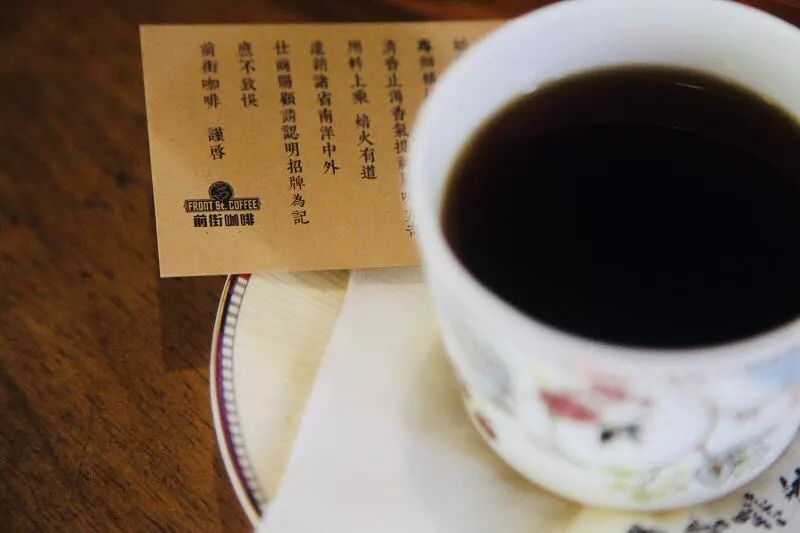
Qianjie [suggestion on hand-brewing parameters of Rosa Coffee]
Cake cup, the use of immersion extraction, so that coffee powder and water contact surface area increased, compared with V60 cooking can improve the texture, drink more sticky feeling
15g powder, water temperature 91-92 degrees, grinding BG 5R (64% pass rate of China marked No. 20 sieve), water powder ratio close to 1:15-16
Technique: 27g water steaming, steaming time for 30s. The hot water in the hand flushing pot draws a circle clockwise with the center of the filter cup in the middle of the filter cup, starts the time when brewing, injects water to 27g, then stops the injection and waits for 30 seconds to inject water for the first time.
When the first water injection is the same as before, the speed can be slowed down slightly, speed up a little when you go around the outer circle, cut off the water at about 1:15 seconds, and then inject water again when the liquid level drops 1 inch 3. The second water injection is concentrated on the central water injection. The water flow should not rush to the place where the coffee powder is connected with the filter paper, so as not to produce channel effect. Finish the extraction at about 2:05 seconds, and the longer the time is, the longer the extraction can be done. The astringent and rough taste will increase.
Segment: 30-125-230g
END
Important Notice :
前街咖啡 FrontStreet Coffee has moved to new addredd:
FrontStreet Coffee Address: 315,Donghua East Road,GuangZhou
Tel:020 38364473
- Prev
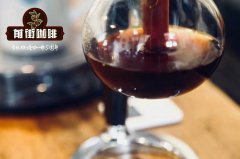
90 + Juliet honey to treat rose summer hand brew or siphon good drink _ Panamanian rose summer coffee hand brewing course
Professional coffee knowledge exchange more coffee bean information please follow Coffee Workshop (Wechat official account cafe_style) 90 + Juliet name Source Story: Juliette, Juliet H2 Level 39 name Origin: in the 90 + Rose Summer Manor, there is a road from the farm house to the coffee dry area. When you walk on this road, you will see a row of extraordinarily beautiful mandala
- Next
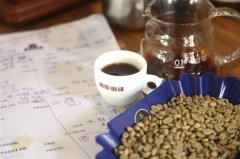
90+ Outlook rose summer hand wash how many grams a cup_sun rose summer hand wash water temperature how many degrees appropriate
Professional coffee knowledge exchange More coffee bean information Please pay attention to coffee workshop (Weixin Official Accounts cafe_style) Perci | Outlook N2 Level 39 Name Origin: Perci This name is derived from perspective, perspective itself means point of view, perspective. And the name Perci means that in the course of our sensory experiments with this coffee, as usual,
Related
- Detailed explanation of Jadeite planting Land in Panamanian Jadeite Manor introduction to the grading system of Jadeite competitive bidding, Red bid, Green bid and Rose Summer
- Story of Coffee planting in Brenka region of Costa Rica Stonehenge Manor anaerobic heavy honey treatment of flavor mouth
- What's on the barrel of Blue Mountain Coffee beans?
- Can American coffee also pull flowers? How to use hot American style to pull out a good-looking pattern?
- Can you make a cold extract with coffee beans? What is the right proportion for cold-extracted coffee formula?
- Indonesian PWN Gold Mandrine Coffee Origin Features Flavor How to Chong? Mandolin coffee is American.
- A brief introduction to the flavor characteristics of Brazilian yellow bourbon coffee beans
- What is the effect of different water quality on the flavor of cold-extracted coffee? What kind of water is best for brewing coffee?
- Why do you think of Rose Summer whenever you mention Panamanian coffee?
- Introduction to the characteristics of authentic blue mountain coffee bean producing areas? What is the CIB Coffee Authority in Jamaica?

